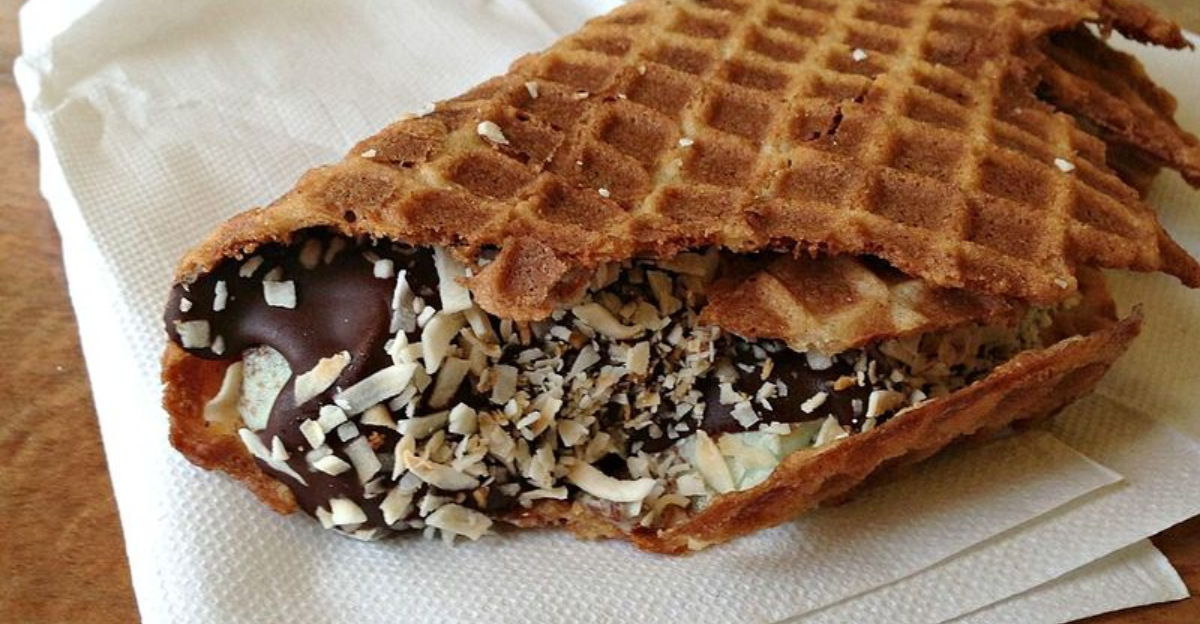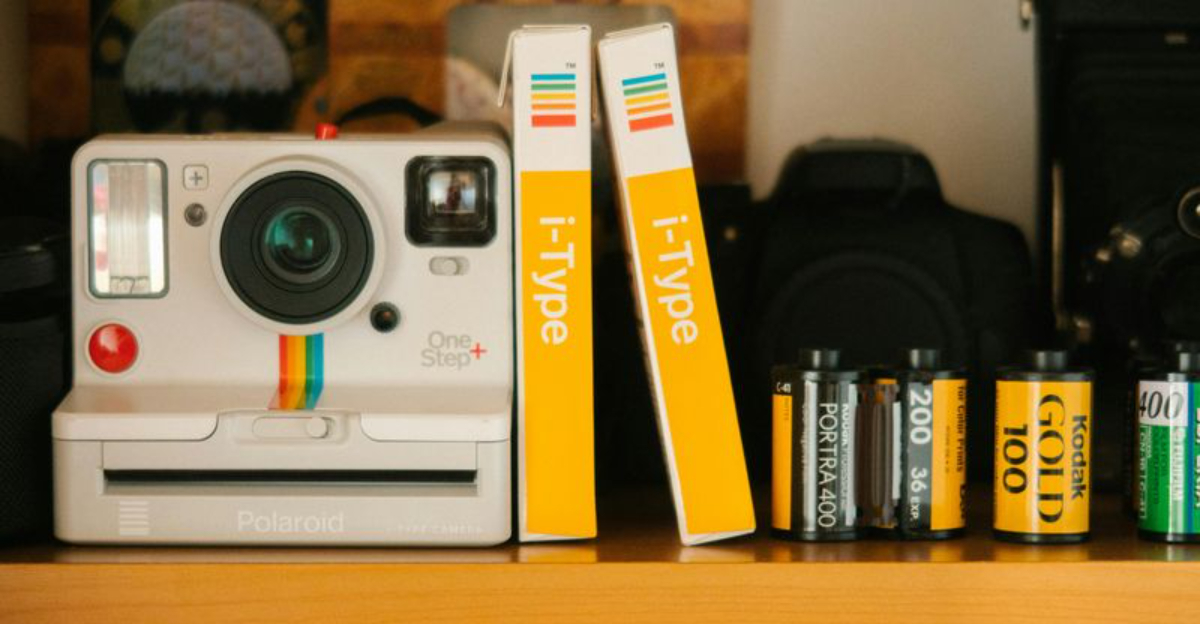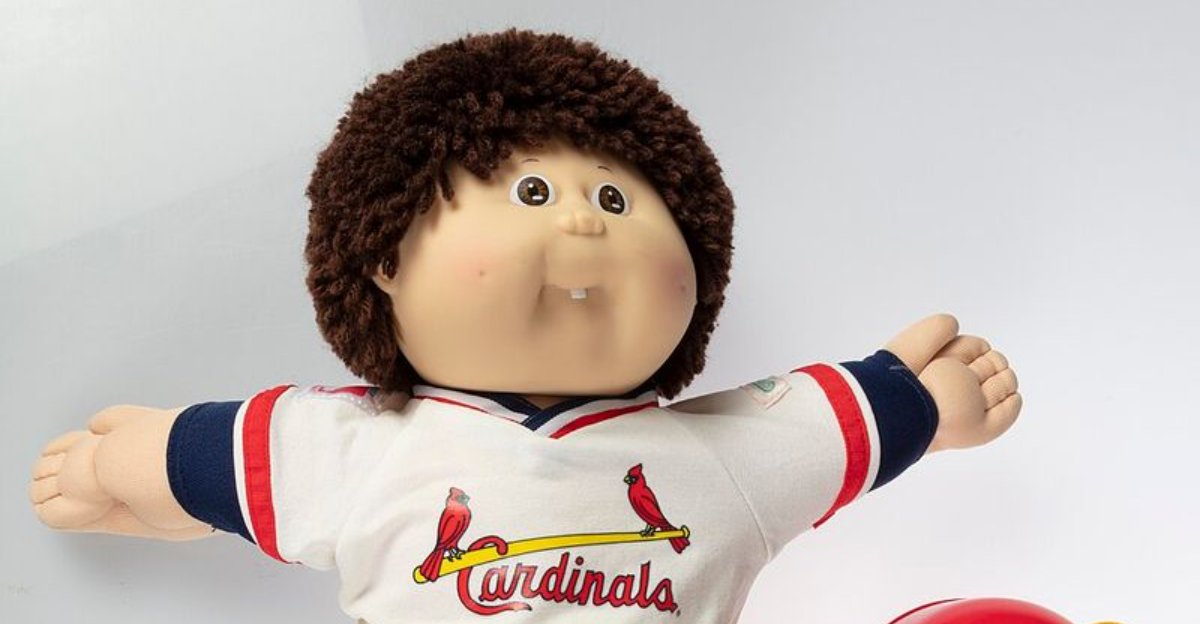12 Fascinating Photos Showing How American Grocery Stores Evolved Through The Decades
Shopping for food today looks completely different than it did a century ago.
What started as small corner shops with clerks fetching items has transformed into massive stores filled with thousands of products you can grab yourself.
Looking back at old photos reveals just how much technology, culture, and consumer habits have shaped where we buy our groceries.
1. 1910s: The Corner General Store
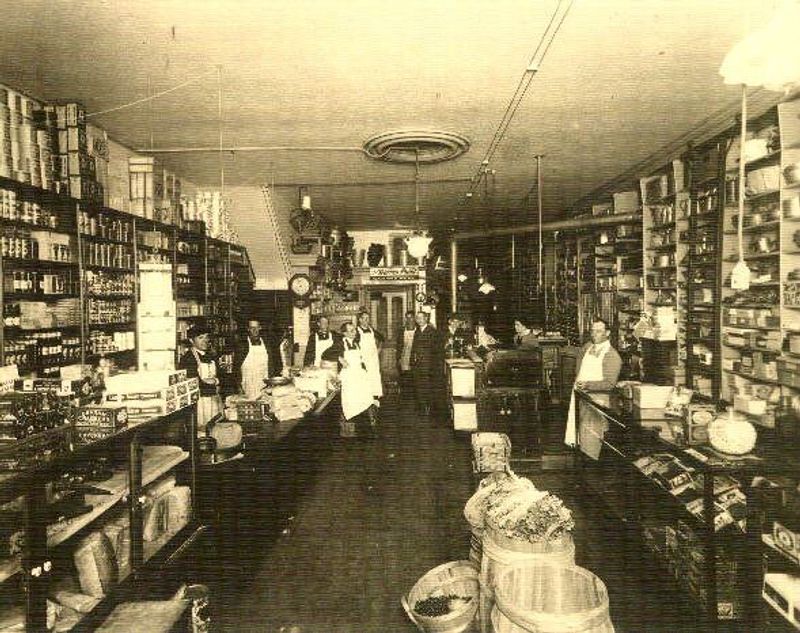
Back when your great-great-grandparents shopped, they couldn’t just wander down aisles picking out cereal boxes. Customers would walk up to a wooden counter and tell the shopkeeper exactly what they needed.
Clerks knew every regular customer by name and would fetch items from shelves behind the counter. Shopping took much longer because everything required personal service and individual attention.
2. 1920s: Early Self-Service Markets
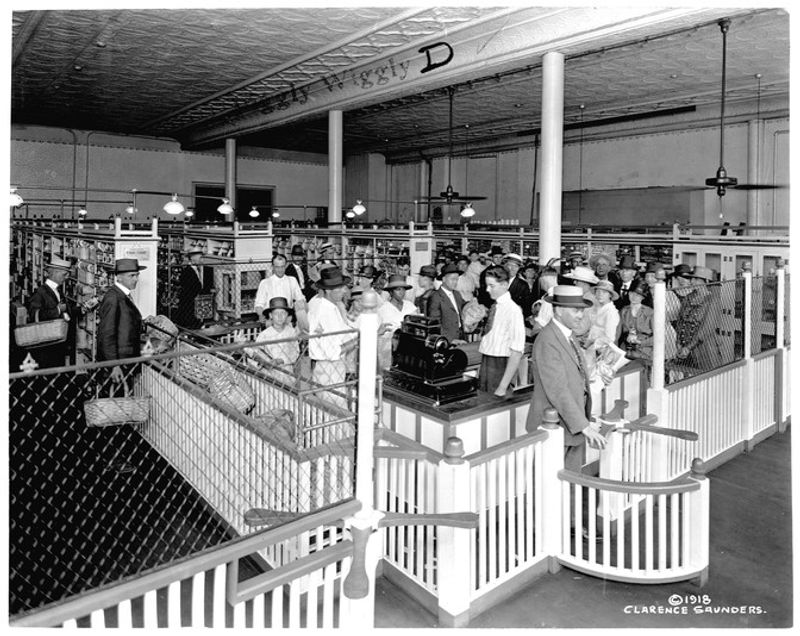
Revolutionary thinking arrived when store owners realized customers could pick products themselves. Piggly Wiggly opened in 1916 and sparked a movement that exploded during the roaring twenties.
Shoppers suddenly had freedom to browse, compare prices, and choose items without waiting for a clerk. Baskets appeared so people could carry multiple purchases while walking through the store, making shopping faster and more independent.
3. 1930s: The Rise Of Chain Grocers
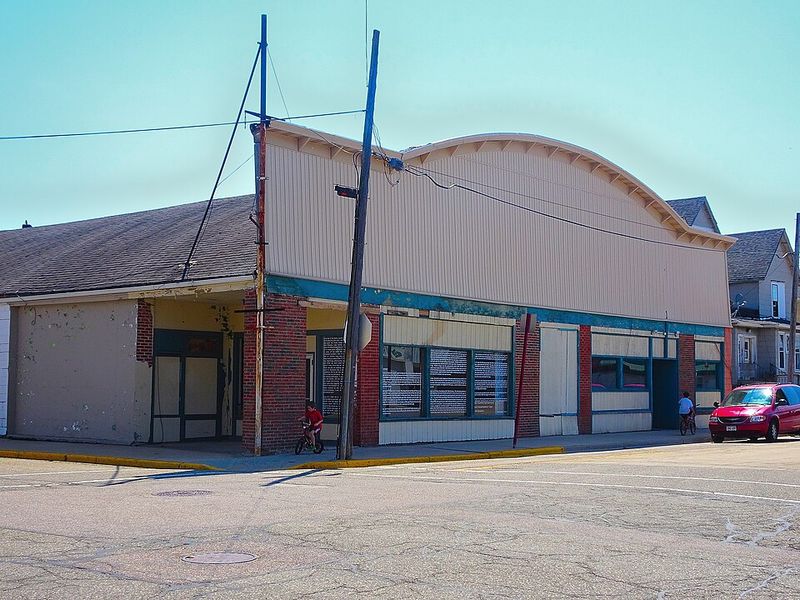
During the Great Depression, big companies like A&P and Kroger started opening identical stores across America. Standardization meant lower prices because chains could buy huge quantities directly from manufacturers.
Walking into any location of the same chain felt familiar, with similar layouts and product selections. Economies of scale helped families stretch tight budgets during incredibly difficult economic times.
4. 1940s: Wartime Ration Displays
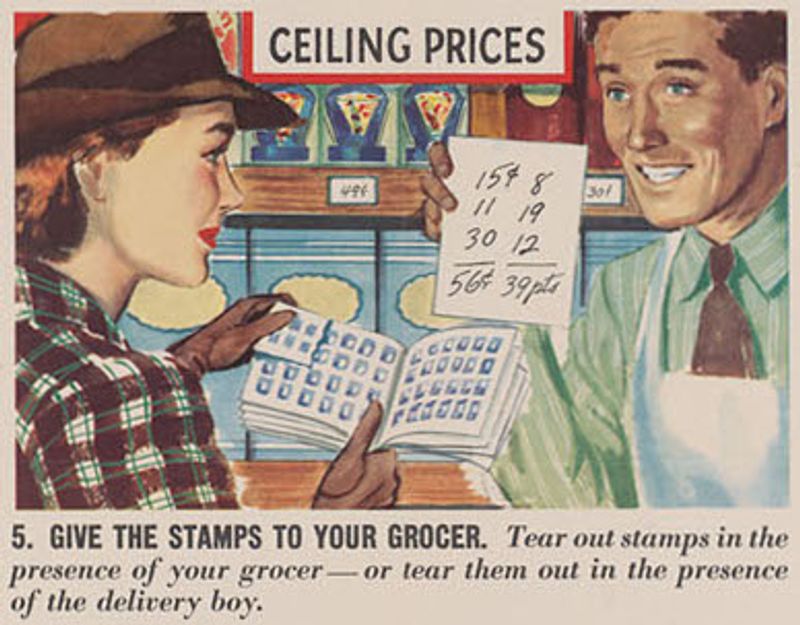
World War II completely changed what appeared on grocery shelves. Sugar, butter, meat, and coffee became precious commodities that required special government-issued stamps to purchase.
Stores displayed posters encouraging patriotic shopping habits and conservation. Empty spaces on shelves reminded everyone that resources were needed for soldiers fighting overseas, making every shopping trip a lesson in sacrifice and national unity.
5. 1950s: Shiny Aisles And Modern Packaging
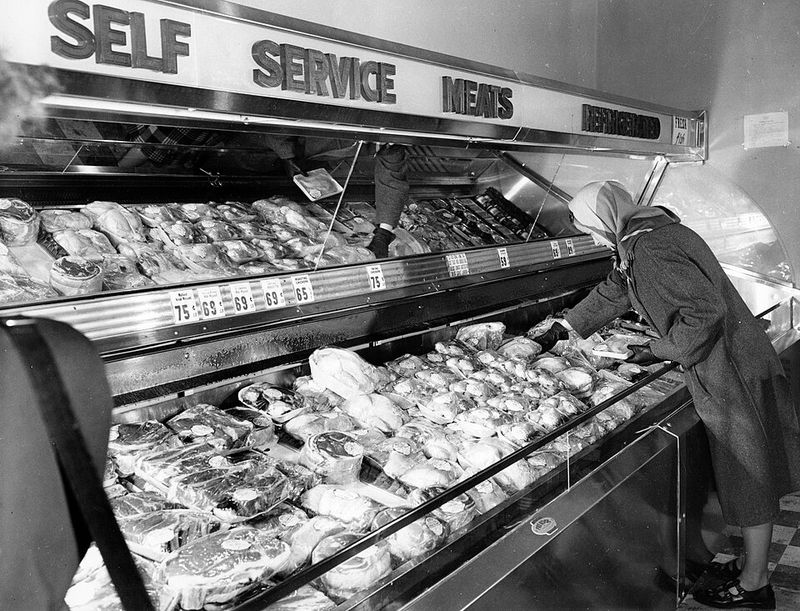
Prosperity after the war brought gleaming chrome carts and spotless linoleum floors that practically sparkled. Packaged foods exploded in variety, with TV dinners and instant cake mixes promising housewives more free time.
Bright fluorescent lights illuminated endless rows of colorful boxes and cans. Abundance replaced scarcity, and shopping became an experience celebrating American consumer culture and suburban convenience.
6. 1960s: Supermarket Boom
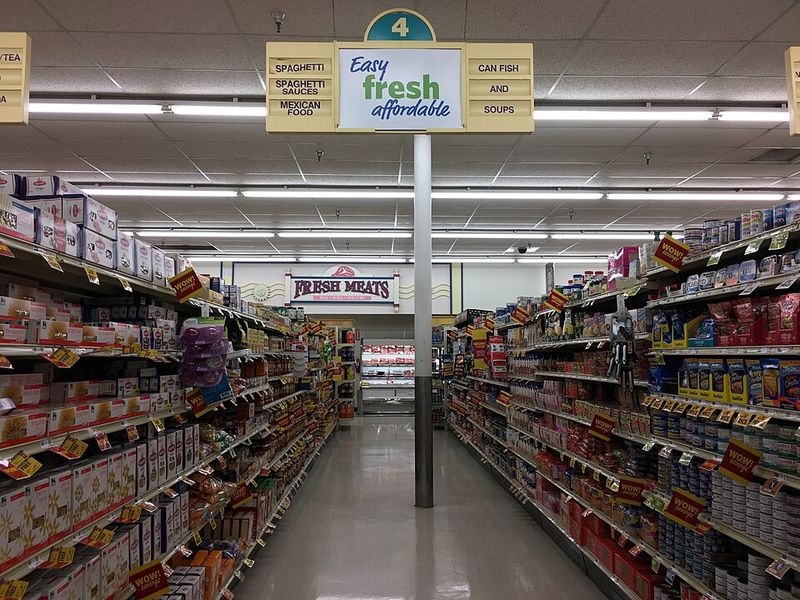
Stores grew enormous as suburbs sprawled outward, with some supermarkets reaching 30,000 square feet or more. Everything a family needed could be found under one roof, including fresh bakeries and butcher counters.
Trading stamp programs like S&H Green Stamps turned shopping into a game where loyalty earned rewards. Parking lots expanded to accommodate station wagons filled with weekly hauls for growing families.
7. 1970s: Colorful Branding Everywhere
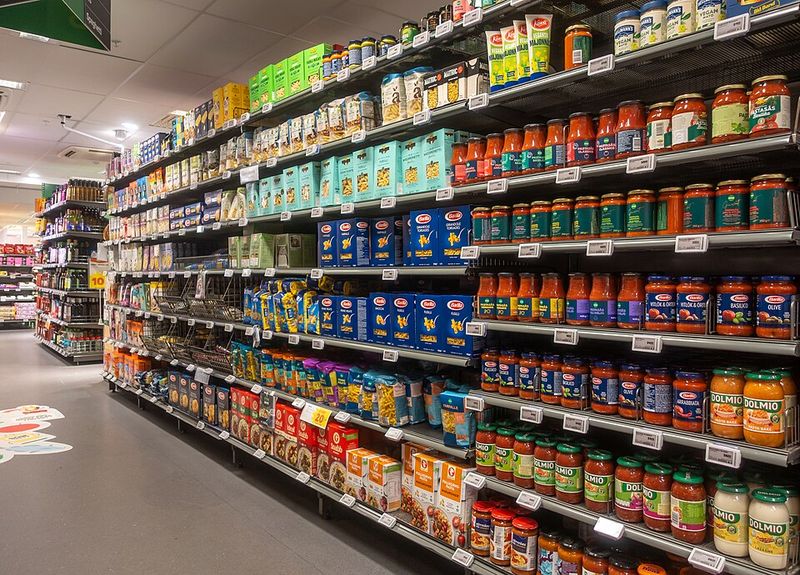
Walking down aisles felt like stepping into a kaleidoscope of competing brands screaming for attention. Packaging designers went wild with bold oranges, lime greens, and electric blues that matched the decade’s funky aesthetic.
Generic white-label products appeared as inflation hit family budgets hard. Shoppers became savvier about comparing unit prices, and stores responded with louder, more aggressive marketing tactics to stand out.
8. 1980s: Barcode Revolution
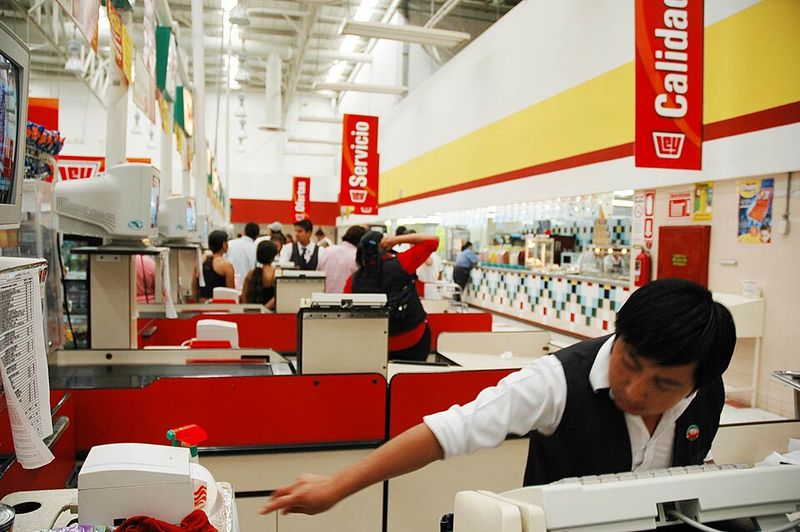
Beep! Laser scanners reading those little black-and-white stripes changed checkout forever. Cashiers no longer needed to punch in every price manually, which meant lines moved way faster than before.
Inventory tracking became computerized, helping stores know exactly what sold and what didn’t. Mistakes dropped dramatically, and receipts became longer and more detailed, showing exactly what you bought and when.
9. 1990s: Big Box Grocery Era
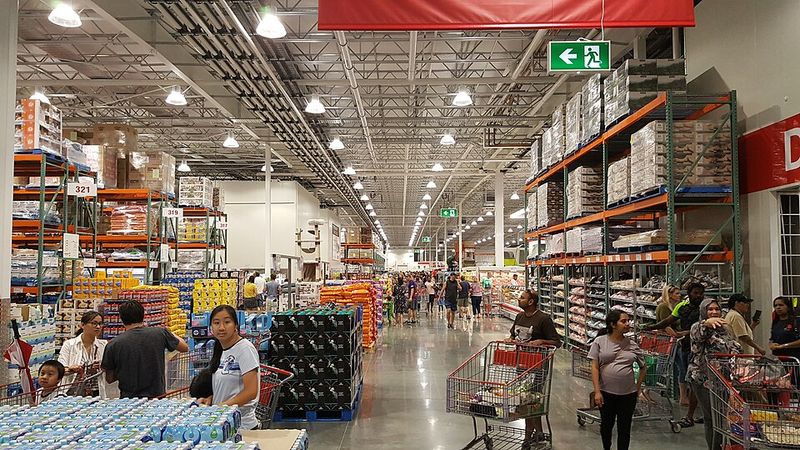
Warehouse clubs like Costco and Sam’s Club redefined how much you could buy at once. Why purchase one jar of peanut butter when you could get a case of six for less per unit?
Ceilings soared higher, aisles stretched longer, and shopping became a monthly expedition rather than a weekly errand. Membership fees created exclusive shopping clubs that promised savings through buying in massive bulk quantities.
10. 2000s: Organic Sections Appear
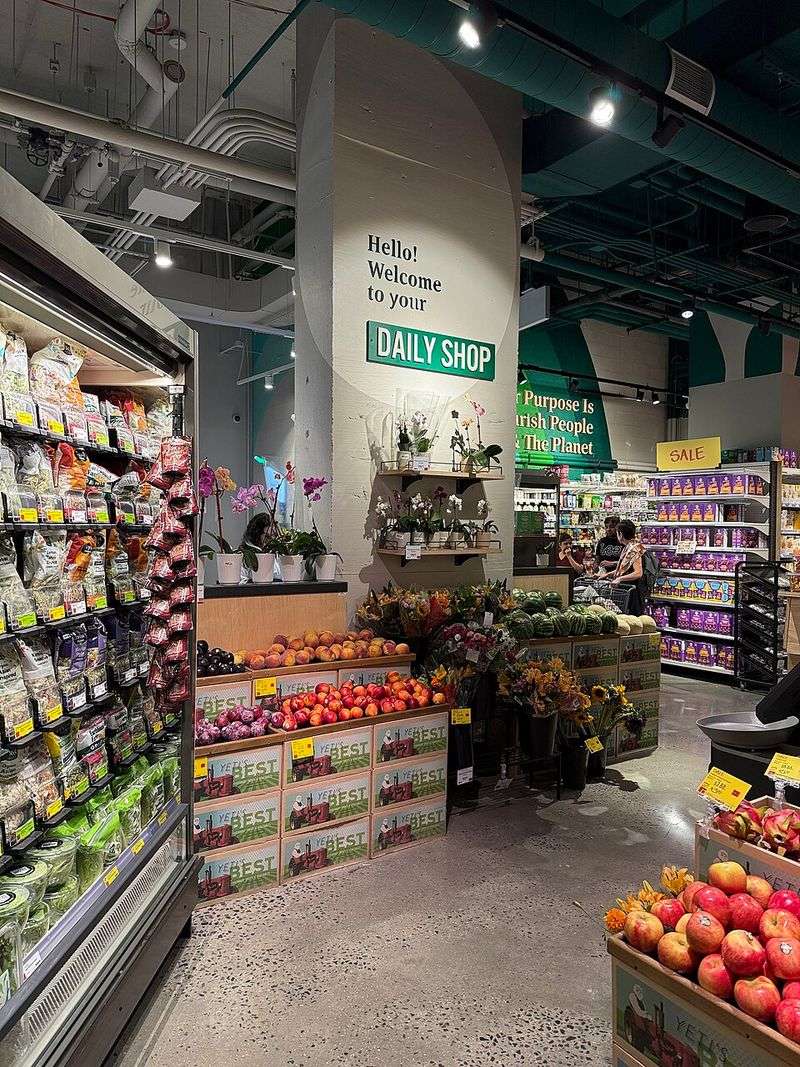
Suddenly, sections marked organic popped up in regular supermarkets as health consciousness swept the nation. Labels boasted about being free from pesticides, hormones, and artificial ingredients that worried increasingly educated consumers.
Whole Foods became a cultural phenomenon, proving people would pay premium prices for food they believed was healthier. Traditional grocers scrambled to add natural product lines to compete.
11. 2010s: Online Shopping Influence

Smartphones changed everything about how people shop for food. Apps let you build shopping lists, compare prices across stores, and even order groceries for delivery or curbside pickup without leaving your car.
Employees with handheld scanners started filling online orders while you browsed aisles yourself. Traditional shopping and digital convenience began merging into hybrid experiences that valued speed and efficiency above all.
12. 2020s: Contactless And Tech-Driven Stores
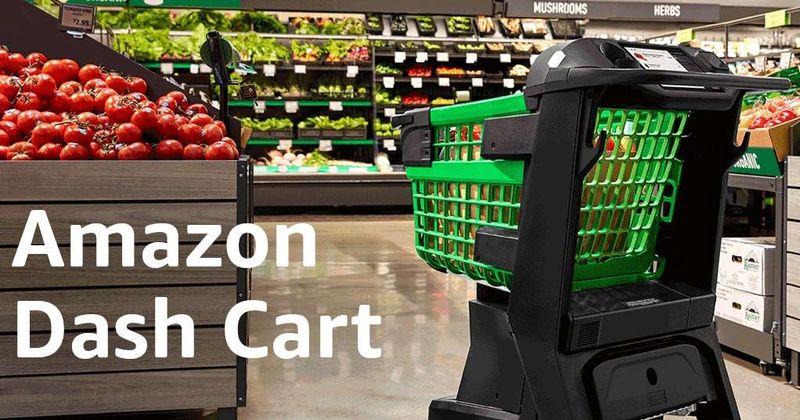
Pandemics accelerated technology adoption faster than anyone predicted. Stores installed plexiglass barriers, floor markers for distancing, and contactless payment systems that let you tap your phone and go.
Amazon opened checkout-free stores where cameras and sensors track what you take, charging your account automatically. Shopping became almost sci-fi, with artificial intelligence watching inventory and predicting what you’ll want next.

